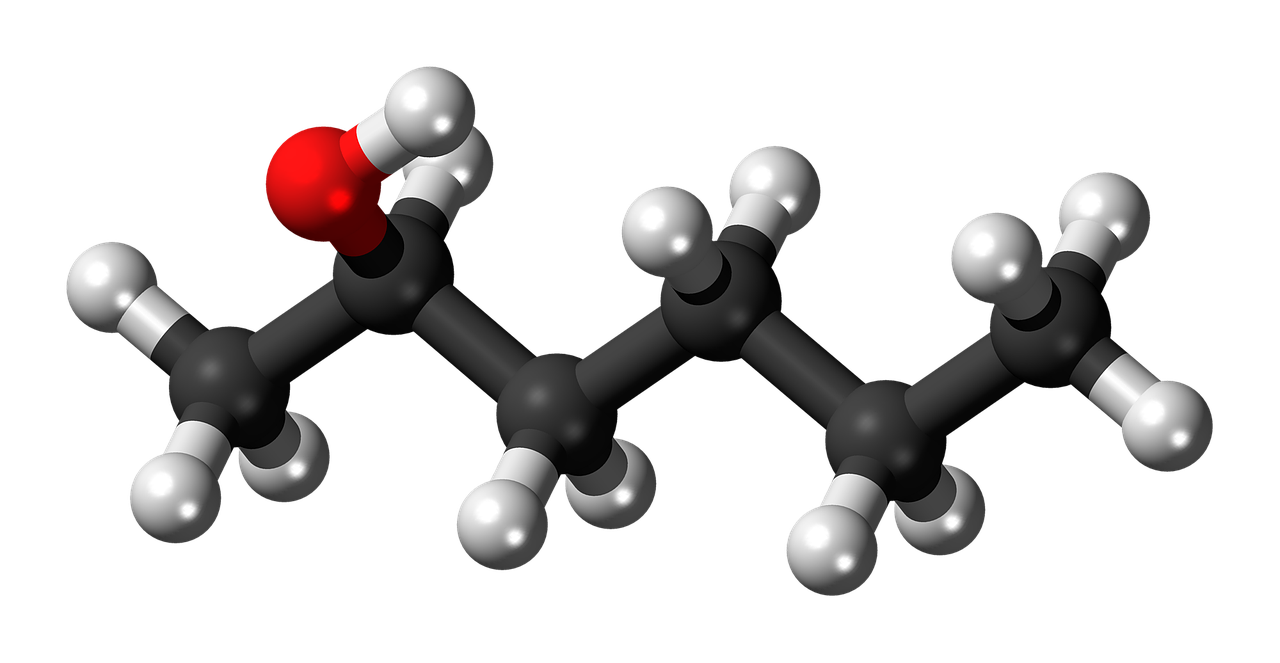As outlandish as it may sound, this new undulating polymer device converts external stimuli such as electromagnetic energy (light) directly into linear motion, therefore propelling itself forward without the need for any motors or external forces.

Scientists at Eindhoven University of Technology and Kent State University (USA) collaborated to invent this bleeding edge futuristic device, which has the potential revolutionize current propulsion techniques as well as the solar energy sector.
The publication can be found in the scientific journal, Nature.
This small device, termed photoactive polymer film, might be the first mechanism in the world that converts light directly into motion without any need for chemical reactions or external sources of energy.
Working Principle
When light incidents on the photoactive polymer, the latter deforms. Which means that one side of the polymer contracts in response, while the other side expands, causing an overall bulge.
When light is not incident anymore, this deformation disappears instantly. Even though the device appears to be transparent, it completely absorbs the violet wavelength of the visible light spectrum, producing a shadow behind it.
The Team used this eluding property successfully in developing a continual undulating (wave-like) motion in the film.
This principle has been termed as “self-shadowing effect”.
Construction
- The team encapsulated a strip of the photo-active material in a frame smaller than the strip itself, causing a natural bulge.
- An LED light was then incident on it from the front portion. The part of the strip that received the light began to deform (bulge) downwards, causing the polymer to cave in.
- As a result, the next part of the strip appears in front of the light and in turn begins to deform. This results in the deformed portion moving backwards, producing a continual undulating movement.
- This sets the device in motion, walking away from the light. When the device is positioned upside down, the wave passes in the opposite direction, causing it to walk towards the light.
- The Researchers used polymeric liquid crystals (also found in Liquid Crystal Displays or LCDs) to develop the material in such a way that it almost instantaneously responded to the incidence of light, deforming and relaxing periodically.
Conclusion
The theoretical model of this prototype is getting further funding in order to transform it into an experimental model that would pave way for large scale application.
However, as of now the speed of the prototype is about half a centimeter per second. Foreseeable fields of application of the photo-active polymer includes medicine and robotics, and someday even automotive and aerospace.





